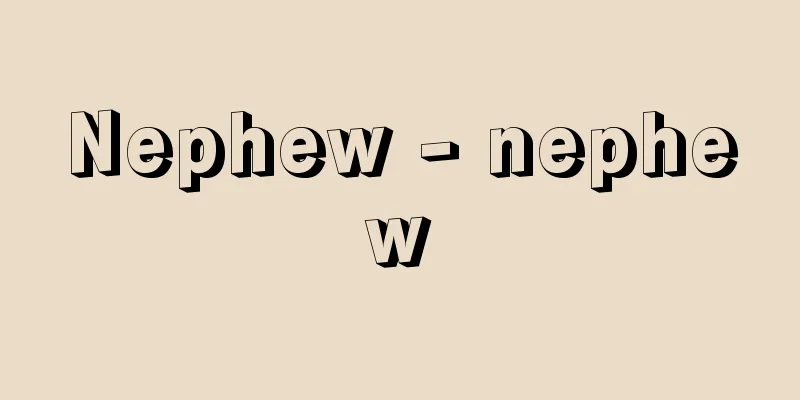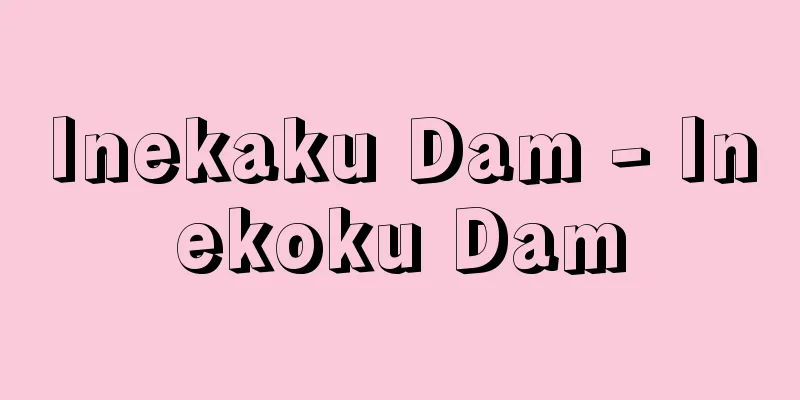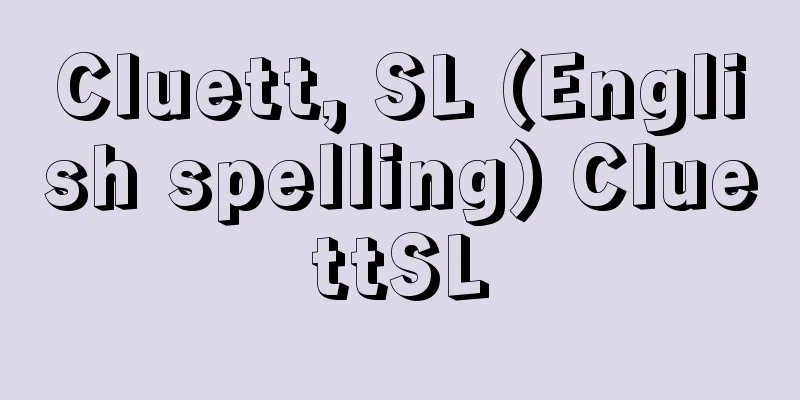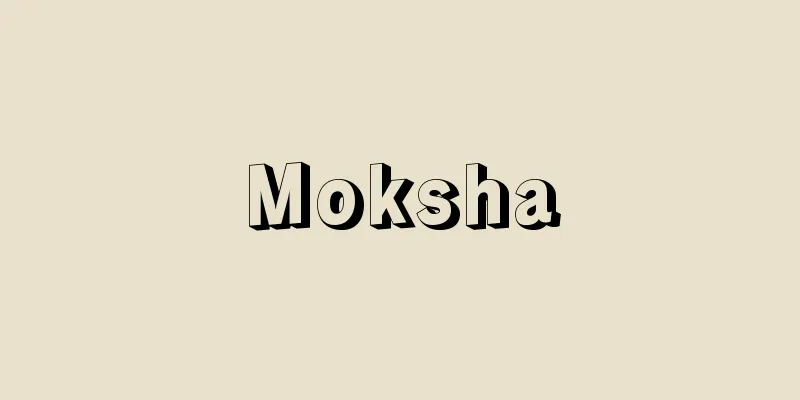Finger - Yubi
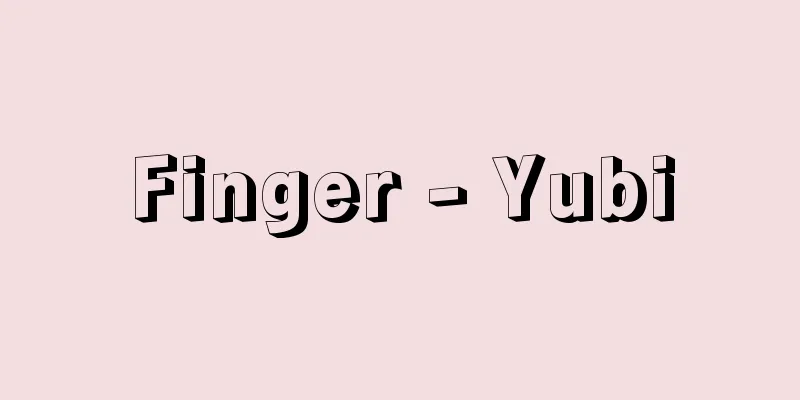
|
It refers to the part at the end of a vertebrate's limb that splits into several pieces; in humans, there are five on each of the upper and lower limbs, which correspond to the part from the metacarpophalangeal joints onwards. The bones in the fingers are called phalanges, and each finger, except for the thumb, is made up of three bones: the proximal phalange, middle phalange, and distal phalange. The thumb is the only one that does not have a middle phalange, only the proximal and distal phalanges. Starting from the radial side (thumb side), the fingers on the hand are called the first finger, the second finger, the third finger, the fourth finger, the fifth ... All other joints between the phalanges form hinge joints, so the fingers can only flex and extend. The general flexion and extension of the fingers is performed by long tendons coming out of the muscles in the forearm, but the finer movements of the fingers, such as opening and closing, grasping, and twisting, are performed by the coordinated action of small muscle groups in the palm. Incidentally, the movement unique to humans, that of bringing the thumb and little finger together, is performed by muscle groups in the swellings at the base of the thumb and little finger (thenar eminence and hypothenar eminence). The bones in the toes are structured the same as those in the fingers, but have almost no mobility other than flexion and extension. The little toe in particular is prone to degeneration, and the middle and distal phalanges may even fuse together. The subcutaneous tissue of the fingers and toes contains little fat, has a rich distribution of nerves and blood vessels, and is highly sensitive. This is why people suffer from severe pain when their fingers or nails become inflamed. [Kazuyo Shimai] Animal FingersFingers are thought to have evolved from the skeleton that supported the tips of fish fins to suit life on land. Since their appearance in amphibians, fingers have been divided into five (pentadactyl), and the basic design is the same in all vertebrates. However, there are also cases where there are two, three, or four, and modern horses have only one developed phalange. The number of phalanges in a finger is two on the thumb and three on the other fingers in mammals, but some reptiles and fish have fingers with four or five phalanges. Some animals of reptiles and higher have claws of various shapes on the back of the fingers that protect the ends. The fingers vary depending on the animal's lifestyle, and those that live in trees have developed hands and long fingers. Bats have claws on the thumb of their forelimbs, and the other fingers are long with a flying membrane stretched between them. Whales and sea lions have developed webbed forelimbs, but their internal skeletons remain pentadactyl. [Seiichiro Kawashima] FolkloreEach finger has its own name and use. The thumb is called "hebi-gashira" in Kunohe District, Iwate Prefecture, probably because its shape resembles a snake's head. It is said that people who suffer from bad dreams should bite this finger while sleeping. There is a tradition that when encountering a funeral procession or hearse on the road, people should clench their hands with their thumb inside, and this tradition is still practiced by many people today. People who are afraid of dogs can similarly clench their hands and chant "inu ine ushi tora" three times to stop the dog from barking, and when visiting someone suffering from an epidemic, the same spell is said to prevent infection, so it is clear that it is a type of defensive spell. The index finger, as its name suggests, is used to point at people. When naming someone in front of a crowd, this finger is used to point at them. There is a theory that Okinawan women tattooed arrow-like patterns on the back of their hands and down to their fingertips as a means of increasing the power of their instructions, and that social control and the advance and retreat of soldiers on the battlefield were all done according to the instructions of the fingertips of the shrine maiden who tattooed them. The middle finger is nicknamed "high finger" or "high taro" because it is the longest. Of the five fingers, the ring finger is the one that is used the least in daily life, and perhaps because it is not dirty, it is used when licking a powder or applying an ointment. In many areas, this finger is called the "red index finger." Applying red powder to make up originally signified transformation and was also a way of showing that one was in a state of divine possession. Thus, the finger on which red is applied is also shrouded in mystique. It is believed that calling this finger's name openly would cause the medicine to lose its effectiveness and prevent the transformation from proceeding smoothly, so it is taboo to call it by its name. In the Wamyōshō, it is read as "na nashi no natte," and even today this finger is called mumeishi. In the southern islands, there are still many alternative names for this finger. In Amami Oshima, it is called "nameless finger," in Okinawa mainland, "nameless finger" or "unknown finger," in Yonagunijima, "tear finger," and in Haterumajima, "idasigurusarubi (painful finger to put out)," and many of these are taboo words. The little finger is called "kantarayubi" in the Kazuno region of Akita Prefecture, and "kankoyobi" in the Tsugaru region of Aomori Prefecture. This is because when checking the warmth of sake, this finger is dipped into the sake to check the temperature. It is well known that fingers are used for counting and measuring. When counting numbers, fingers are folded. The decimal system originated from counting the fingers on both hands, and the duodecimal system is said to have added both hands to that. The distance between thumb and index finger is used as a unit of length, and the width of one finger when lowered is called "lowering". Sometimes, by fully extending the arm, a target that is difficult to see can be pointed to by saying, "three fingers to the left of the forest in front of me," and painters and photographers sometimes use their thumb and index finger to create a frame to crop a landscape or similar. Fingers are also used in body language to express things through gestures. Making a circle with the thumb and index finger represents money or OK, while bending the tip of the index finger represents a thief. Making a V sign with the index finger and middle finger indicates victory. Holding the index finger over the mouth means "quietly," the thumb represents man, and the little finger represents woman. Also, making mudras or knots are used to make specific shapes with the fingers of Buddha statues, and the shape represents the content of enlightenment or vows. By extension, it refers to the various shapes made with the fingers by monks in Shingon Mikkyo when chanting incantations. There are also etiquette rules such as bowing with three fingers together, and pointing at people is considered rude. Other social terms include being pointed at behind one's back and shunning one's hand. There are many superstitions regarding fingers, such as hiding your thumb, fortune telling by finger length or fingerprints, being able to see the true form of a monster by looking through the gap between the clasped fingers of both hands, and pointing at a snake will cause your fingertips to rot. Games include finger whistling, finger wrestling, rock-paper-scissors, and pinky bidding. [Shoji Inoguchi] [Reference] | | |©Shogakukan "> Skeleton and muscles of the hand Source: Shogakukan Encyclopedia Nipponica About Encyclopedia Nipponica Information | Legend |
|
脊椎(せきつい)動物の四肢(しし)の末端で数本に分かれた部分をいい、ヒトでは左右の上肢、下肢にそれぞれ5本ずつあり、中手(足)指節関節から先の部分に相当する。指の骨を指骨とよび、各指は母指(ぼし)(親指(おやゆび))を除いて基節骨、中節骨、末節骨の3本から構成される。母指だけは中節骨がなく、基節骨と末節骨だけである。 手の各指は橈骨(とうこつ)側(母指側)から順に第1指、第2指~第5指とよぶ。第1指は拇指(ぼし)とも書き、第2指は示指(しし)・人差し指・食指(しょくし)、第3指は中指(ちゅうし)(あるいは「なかゆび」)、第4指は環指(かんし)・無名指(むめいし)・薬指(くすりゆび)・紅(べに)さし指、第5指は小指(しょうし)(あるいは「こゆび」)などともよばれている。手の指の関節のうち、基節骨と中手骨(手のひらを構成する骨)との間(指の付け根に相当する)の関節は、母指の場合を除いて、球関節の構造をとり、自由な方向に運動できる。母指の場合は蝶番(ちょうつがい)関節で、屈伸運動のみである。このほかの各指節骨の間はすべて蝶番関節となるため、指は屈伸運動しかできない。指の大まかな屈伸運動は前腕の筋(きん)から出る長い腱(けん)によって行われるが、指の細かな屈伸運動や開閉運動、物をつかんだり、ねじるような運動は、手掌にある小さい筋群の協調的働きによって行われる。なお、母指と小指とを近づけるという、ヒトに特有の運動は、母指と小指の根元にある膨らみ(母指球と小指球)の中にある筋群によって行われる。 足の指の骨の構成は、手の指の骨と同じであるが、運動性は、屈伸以外にはほとんどない。とくに足の小指は退化傾向が著しく、中節骨と末節骨とが骨性癒合していることもある。手および足の指の皮下組織は脂肪も少なく、神経や血管が豊富に分布しており、知覚もきわめて鋭敏である。指や爪(つめ)に炎症をおこしたとき、激痛に悩まされるのはこのためである。 [嶋井和世] 動物の指指は、魚類でひれの先端を支えていた骨格が陸上生活に適するように変化して生じたと考えられている。両生類におけるその出現以来、指は5本に分かれていて(五指性)、あらゆる脊椎動物において基本設計は共通である。しかし、2、3、4本のこともあり、現生のウマでは1本だけが発達している。指にある指骨の数は、哺乳(ほにゅう)類では母指が2個、他の指が3個であるが、爬虫(はちゅう)類や魚類には4~5個からなる指もある。爬虫類以上の動物には指の背側にその末端を保護する、さまざまな形のつめをもつものがある。指は動物の生活様式による変異がみられ、樹上生活を営むものでは手が発達し、指が長い。コウモリでは前肢の母指に鉤(かぎ)づめがあり、他の指は長く伸びてその間に飛膜が張っている。クジラやアシカの前肢は水かきが発達しているが、内部の骨格は五指性を保っている。 [川島誠一郎] 民俗各指には、それぞれの名称と使い分けがある。親指は、岩手県九戸(くのへ)郡あたりで「へびがしら」という。形がヘビの頭に似ているからであろう。悪い夢に襲われる人は、この指をかんで寝るとよいという。道で葬列や霊柩車(れいきゅうしゃ)にあうと、親指を中にして手を握り締めるという伝承は、いまも実行している人が少なくない。犬を怖がる人は、同様に手を握り締め、「戌亥子丑寅(いぬいねうしとら)」と三度唱えると、犬にほえられないというし、流行病の人を見舞いに行くときも、同じ呪法(じゅほう)によって感染が防げるというから、防衛呪術の一種であることがわかる。人差し指はその名のとおり人を指さす指である。衆人の前で1人を指名するとき、この指で当人を指さす。沖縄の婦人が手の甲から指先にかけて、矢のような模様のいれずみをしたのは、その指示の力を増大する手段であり、社会の統制も軍陣での進退も、いれずみを施した巫女(みこ)の指先の指示に従っていたのであろうという説がある。中指には、いちばん長いという特徴から、「高々指(たかたかゆび)」とか「高太郎」などの異名がある。 薬指は、5本の指のなかでは日常はもっとも使われることの少ない指で、そのため汚れていないためか、粉薬をちょっとなめてみたり、塗り薬をつけたりするときに使う。この指を「紅さし指」とよぶ地域も広い。紅おしろいをつけて化粧することは、本来は変身を示すものであり、神がかり状態にあることを表示する手段でもあった。したがって紅をつける指にも神秘性が付きまとう。この指の名をあからさまによぶと、薬の効果が失われ、変身が順調に進まないと考えられ、名をよぶことが忌まれている。『和名抄(わみょうしょう)』では「ななしのおよび」と読ませており、いまでもこの指は無名指(むめいし)とよばれている。南島にはいまも異名が多い。奄美(あまみ)大島では名知らず、沖縄本島では名なし指・知らぬ指、与那国島(よなぐにじま)では涙指、波照間島(はてるまじま)では「いだしぐるさるびい(出し苦しい指)」などとよんでおり、これらの多くは忌みことばである。小指のことを秋田県鹿角(かづの)地方で「かんたらゆび」、青森県津軽地方で「かんこよび」という。酒の燗(かん)をみるとき、この指を酒の中に浸(つ)けて温度をみるからである。 指が計数・計量に使われることはよく知られている。数をかぞえるときは指を折る。十進法は両手の指を数えることから出発し、十二進法はそれに両手を加えたものだという。親指と人差し指とを広げて、その間隔を長さの単位にしているし、指1本を伏せた幅を「伏せ」という。腕をいっぱい伸ばし、「前方の森から指3本左」などと、見えにくい目標を指示することもあるし、画家や写真家は親指と人差し指で枠をつくり、風景などのトリミングに利用することもある。 指はまた、しぐさでなにかを表現するボデイランゲージbody languageに使われる。親指と人差し指で丸をつくると、お金またはOKを表し、人差し指の先を曲げると泥棒を表す。人差し指と中指でVサインを示せば勝利を示す。人差し指を口に当てると「静かに」の意、親指は男、小指は女を表す。また印(いん)をつくるとか結ぶとかいって、仏像の指で特定の形を示し、その形によって悟りや誓願の内容を表す。転じて真言密教(しんごんみっきょう)で僧が呪文(じゅもん)を唱えるとき、指で種々の形をつくることをいう。 礼儀作法にも三つ指をつくなどのことがあり、人を指さすのは失礼にあたる。後ろ指をさされる、つまはじきなども、社交上の用語である。指に関する俗信は数多くあり、親指を隠すなども一例であるが、指の長さや指紋で占いをしたり、両手の指を組んだすきまから見ると化け物の正体が見えるとか、蛇を指さすと指先が腐るなどという。遊びでは、指笛、指相撲(ゆびずもう)、じゃんけん、指切りなどがある。 [井之口章次] [参照項目] | | |©Shogakukan"> 手の骨格と筋肉 出典 小学館 日本大百科全書(ニッポニカ)日本大百科全書(ニッポニカ)について 情報 | 凡例 |
Recommend
ICOM
→International Council of Museums Source: Shogaku...
Zygolophodon
...In the latter two genera, the lower tusks are ...
Indanthrene
Also known simply as threne dyes. They have anthra...
Uklad - Uklad (English spelling) уклад/uklad Russian
A Russian term referring to different types of pr...
Kanjin Noh
Noh performances were held to raise funds for the...
American black bear
A mammal of the Ursidae family in the carnivora or...
Abuyama Tomb - Abuyama Kofun
<br /> This ancient tomb straddles Nasawara,...
EDB - EDB
Ethylene dibromide. Its name is derived from the i...
Federigo Enriques
1871‐1946 Italian mathematician and philosopher of...
Phlophore - Phlophore
A taxonomic group based on the vegetative structu...
Aleksandr Romanovich Belyaev
A Soviet science fiction writer. After working as...
Hyrkanos I (English spelling)
…A few years after the war began, the Maccabean a...
Chemical - Caustic
The number of generations that insects undergo in...
Tactile hair
The setae that grow around the mouth and on the li...
Yamagata clan
A clan that took the names of the counties of Yama...
